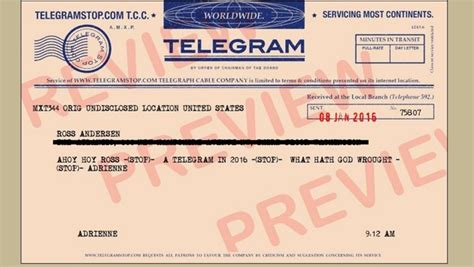In the digital age, with email, instant messaging, and social media dominating communication, the art of sending physical mail may seem like a relic of the past. However, the United States Postal Service (USPS) processed over 140 billion pieces of mail in 2021, indicating that physical mail is still alive and well.

Why Send Physical Mail?
Despite the convenience and ubiquity of digital communication, physical mail offers several unique advantages:
- Tangibility: Physical mail provides a tangible connection between sender and recipient, making it more personal and memorable than digital messages.
- Permanence: Unlike digital messages, which can be easily deleted or lost, physical mail creates a permanent record of communication.
- Privacy: Physical mail is less susceptible to hacking and data breaches than digital communication.
- Emotional Impact: Receiving a physical letter or postcard can evoke a stronger emotional response than receiving a digital message.
What Can You Still Send?
The USPS allows you to send a wide range of items through the mail, including:
- Letters and Postcards: These are the most common types of physical mail, used for personal correspondence, business communications, and invitations.
- Packages: Packages can be sent domestically and internationally, with varying weight and size restrictions.
- Large Envelopes: These envelopes are larger than standard envelopes and can accommodate bulky items like photos, documents, and catalogs.
- Magazines and Newspapers: Periodicals can be mailed through the USPS at a discounted rate.
- Priority Mail: This service provides expedited delivery for important items, with guaranteed delivery times within 1-3 business days.
- Registered Mail: This service provides added security for valuable or sensitive items, with tracking and signature confirmation.
Unique Applications for Physical Mail
In addition to traditional uses, physical mail can be leveraged for innovative and creative applications, such as:
- Sensory Marketing: Sending physical samples, scents, or tactile objects can create a more immersive and engaging marketing experience.
- Experiential Storytelling: Using physical mail to deliver a series of letters, postcards, or packages can create a unique and memorable storytelling experience.
- Interactive Campaigns: Creating QR codes or personalized URLs on physical mail pieces can bridge the gap between physical and digital experiences.
- Fundraising Appeals: Physical mail can be more effective than digital appeals in eliciting donations, as it provides a tangible reminder of the cause.
The Future of Physical Mail
While digital communication continues to grow, physical mail is unlikely to disappear anytime soon. Its unique advantages ensure that it will remain a valuable tool for both personal and business communication.
Statistics on Physical Mail Usage
- According to a 2022 study by the USPS, 77% of Americans still use physical mail regularly.
- In 2021, the USPS delivered 140.2 billion pieces of mail, a 3.9% increase from the previous year.
- The most popular type of mail is standard-sized letters, which accounted for 84% of all mail volume in 2021.
- The average household receives around 10 pieces of mail per day.
- Physical mail still accounts for 20% of total marketing expenditures in the United States.
Conclusion
Despite the proliferation of digital communication, physical mail remains a vital part of our lives. Its tangibility, permanence, privacy, and emotional impact make it an effective and versatile tool for communication, marketing, and other creative applications. While digital communication will continue to evolve, physical mail is likely to endure as a complementary and complementary channel for the foreseeable future.
